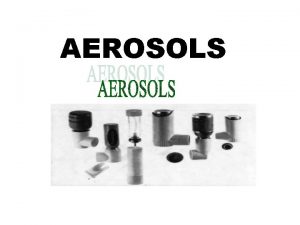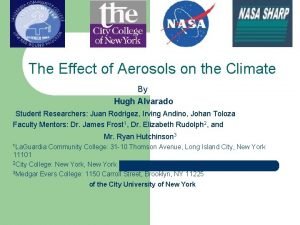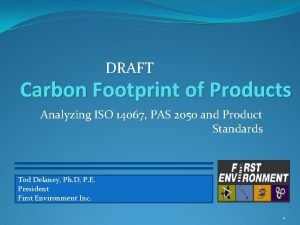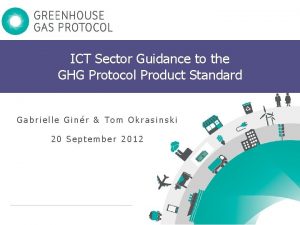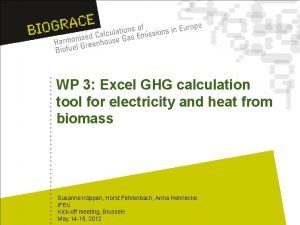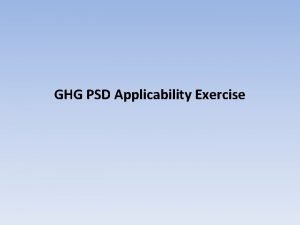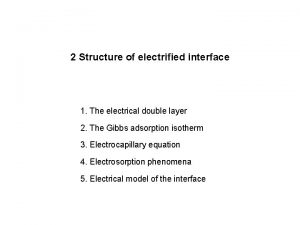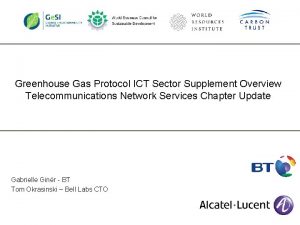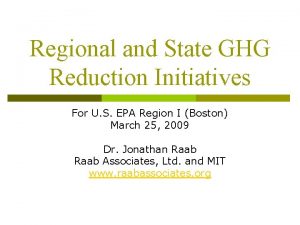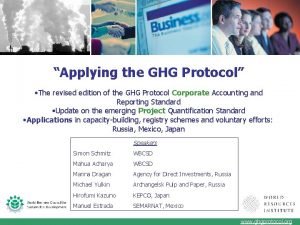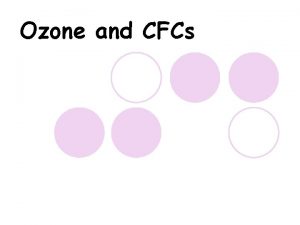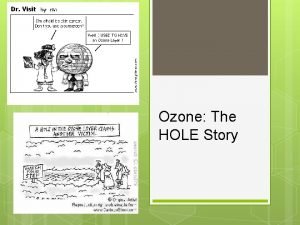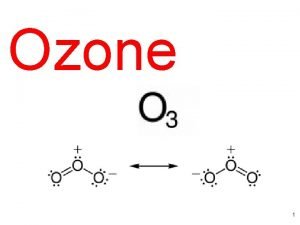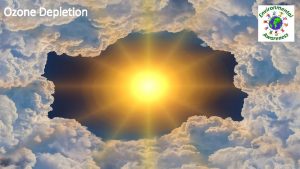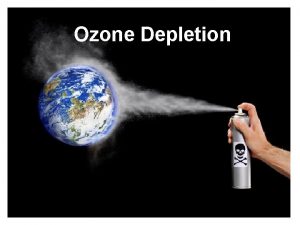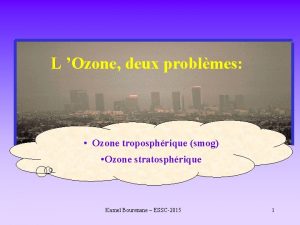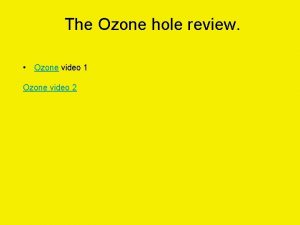Atmosphere Clouds Aerosols Ozone GHG Issues and remarks









- Slides: 9

Atmosphere Clouds Aerosols Ozone GHG Issues and remarks (synthesis after presentations and discussion)

Potential Collaborations – Phase 1 • • Important to investigate, establish whether critical or not or what extent Feasible in Phase 1 Intercomparison of products and/or by-products (ALL INITIAL SMALL DATASETS) – Cloud Mask for 1 day, Cloud & Aerosol – Comparison of GHG aerosol by product & Aerosol Product – Use of aerosol product to interpret GHG product (identify aerosol-related GHG errors) – Other small activities with Land/Marine – bilateral Further potential benefits would come from collaborative sensitivity studies/options – Some have already been proposed to ESA – Is there substantial justification for ESA to decide? • Formulate Phase 2 plan near end of Phase 1 on bilateral basis

Potential Collaborations – Phase 2 • • • Intercomparison of products and/or by-products (LARGER DATASETS, ) – Cloud Mask, Cloud & Aerosol – Comparison of GHG aerosol by product & Aerosol Product – Use of aerosol product to interpret GHG product Options to use Aerosol product in GHG retrieval Many more ideas – prioritize

General Issues • Opportunity to make bridge between Ozone and Climate communities – WMO evaluations of chemistry-climate models – Opportunity for validation with ozone profiles – Climate: climatological fields, could be improved by using ECV as input • • From end of Phase 1? Can anything be done with 1 -yr datasets sooner? • Usage/consistency of L 1 B data – – – – When one instrument used by several teams (ATSR, MERIS, AVHRR etc) Same versions across ECVs? Let teams make their own improvements? Exchange new information when learned Currently bilateral and informal, need to document in traceable way Who to take lead, one per instrument? Needs to be solved before Production phase – clear reference L 1 B dataset Agenda item for next colocation – how to organize communication/responsibilties

Q 1: URD • URD : expression of needs of end-user at time t (G/B/T). As such mix satellite with other data => Not refer to any satellite technique or mission • CRG needs for various applications: – – – Model assessment and improvement (process studies) Seasonal/regional forecast Projections Long terme trends Impacts/attributions Etc. Have all the applications been considered? Has any CCI team teh feeling that iteration will be necessary. Which mechanism, schedule? Take into account CMUG recommendations for next URD revisions

Q 2: PSD • Should describe level 2, 3 or 4 to meet UR on the best way based on existing data set…but start using new data to build up data series for future. • Include current state of the art in the PSD • Choice of products must consider what is existing/available and describe benefit of CCI to the end user (within CCI or without!) (see use of satellite products as recensed by IS-ENES) • • Query about content going in PSD or Science Agenda/Vision Doc Take into account CMUG recommendation for next PSD revisions

Q 3: Cross ECV consistency • Some CDR (ECV) by-products for other ECVs. Impact of knowledge established by sensitivity study => impact ? (consistency of level 1, etc. ? ) • Climate correlations between variables (e. g. Ozone and SST in tropics, Ozone and ice in polar regions) => impact on the simultaneity, on choice of the instrument, the algorithm, the performances? • Gap : H 2 O (simultaneous)

Q 4: Uncertainties • Evaluate which technique the best in which conditions (region, time, resolution, etc. )? • Ensemble approach? (metrics? ) • What comes from the technique, from L 1, from processing to L 2, from L 2 to L 3, etc?

Q 5: Use of reanalysis • Remains unclear to which extent data are needed? • Does it affect objective assessment of climate impact?
